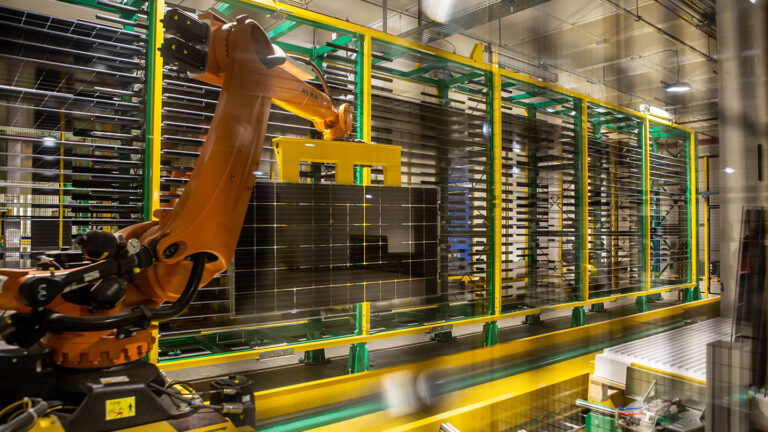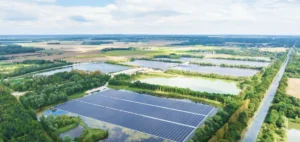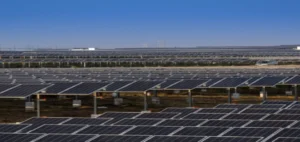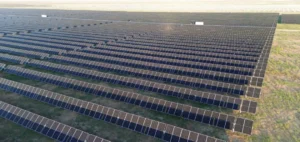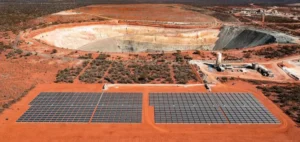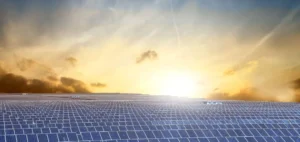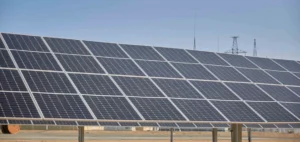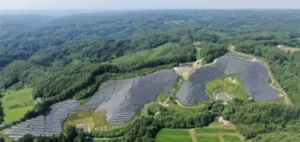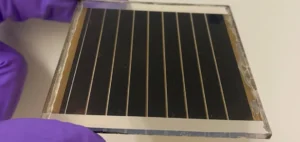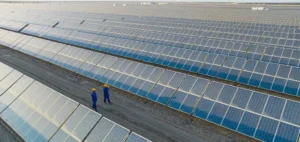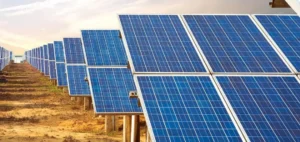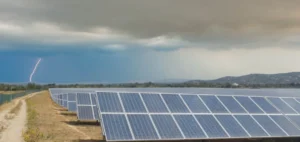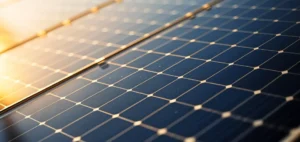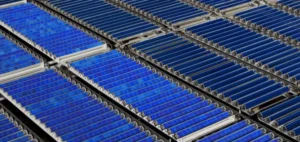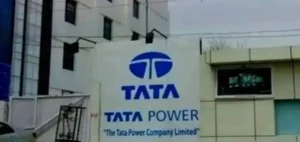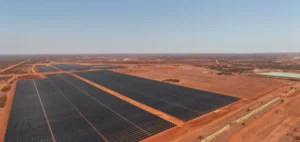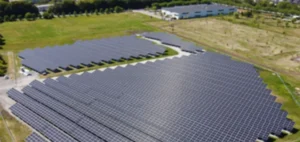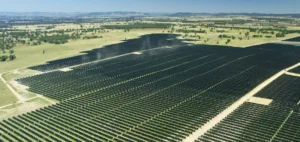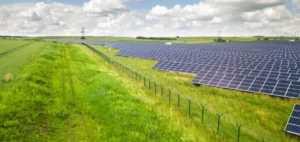Enel North America plans to locate one of the largest solar photovoltaic (PV) cell and panel manufacturing facilities in the U.S. in Inola, Oklahoma, about 25 miles east of Tulsa. Construction of the plant is expected to begin in the fall of 2023, with the first batch of panels available to the market by the end of 2024.
Investment of over $1 billion
Enel North America, through its subsidiary 3Sun USA, LLC, announced that it has selected Inola, Oklahoma, as the location for its large-scale manufacturing facility for innovative, sustainable, U.S.-made photovoltaic cells and modules. The plant is expected to have an annual production capacity of 3 gigawatts (GW) and represents an initial investment of over $1 billion. It is expected to create approximately 1,000 new permanent jobs by 2025.
Construction is expected to begin in the fall of 2023, subject to final approvals, necessary permits and economic incentive agreements. The first panels are expected to be available on the market by the end of 2024. The project also includes a second phase that would increase the plant’s annual production capacity to 6 GW, creating 900 additional direct jobs.
This planned plant will be one of the first in the U.S. to produce solar cells, a fundamental component of PV modules, and will use high-performance bifacial heterojunction technology (HJT). Enel has been present in Oklahoma for more than a decade and has invested $3 billion to expand its presence in the state. It now has 13 wind farms and a regional office in Oklahoma City to support its growing workforce.
3Sun’s technology
3Sun, located in Catania, Italy, is already a market leader in the production of high efficiency cells. In September 2022, the company unveiled its new HJT solar module, which will go into production in September 2023. The double-sided HJT achieves above-average energy production, producing about 15-20% more electricity than traditional single-sided panels. It also offers significant efficiency improvements, with a certified cell efficiency of 24.6%.
In addition, the low degradation of this technology guarantees a longer lifetime of the modules, and the high density of the cells allows for a variety of uses, whether for large-scale installations with space constraints or for rooftops. In the near future, 3Sun plans to launch its next generation of tandem cells, which has already broken a record by achieving a certified efficiency of 26.5% in May 2023. This technology uses two stacked cells, which allows more light to be captured compared to single cell structures.


